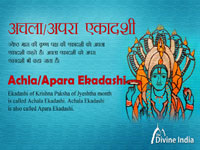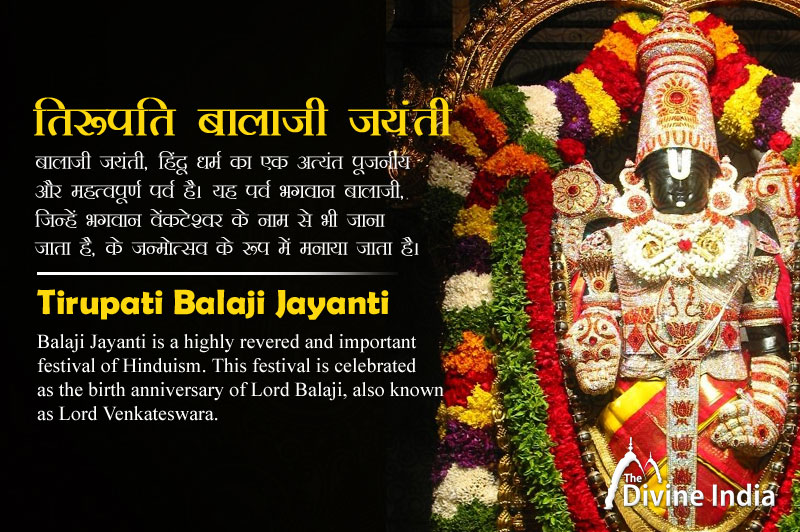

Shrinath ji's temple has special significance for Hindus, this temple is completely dedicated to Shri Krishna. Shrinathji temple is considered to be an important pilgrimage center for Vaishnava society. Shrinathji's temple is also called 'Shrinathji ki Haveli' and 'Nathdwara'. It can be said that there is a special place of pilgrimage for those who worship Shri Krishna. Shrinath ji temple is located in the old city of Nada Khara, Udaipur city in the Indian state of Rajasthan.
The head view of the Shrinathji temple is a form of Lord Krishna, who is in the form of a seven-year-old child. Shrinathji is the central presiding deity of the Vaishnava sect known as Pushtimarg or the Vallabh sect founded by Vallabhacharya. Vitthalnathji, the son of Vallabhacharya, institutionalized the worship of Shrinathji at Nathdwara. Due to the popularity of Shrinathji, the city of Nathdwara is known as 'Shrinathji'. People also call it the city of Shrinathji Baba. Initially, the child Krishna form was referred to as Devadaman. This devadaman refers to Krishna teaching a lesson to Indra in the lifting of the Govardhan hill. Vallabhacharya named him Gopal and named his place of worship as 'Gopalpur'. Later, Vitthalnathji named him Shrinathji. The service of Shrinathji is done in 8 parts of the day.
It is believed that Shrinathji had appeared to Shri Vallabhacharya in the Hindu Vikram Samvat 1549. Instructed Vallabhacharya to start worship on the Govardhan mountain. Vallabhacharya made arrangements for the worship of Gopal Devta, and this tradition was carried forward by his son Vitthalnathji. Later Gopal Devta was called Shrinath.
According to the legend, Shrinath himself had appeared. The idol of Shrinathji was first worshiped on the Govardhan hill near Mathura. It is believed that the idol of Shrinathji himself appeared from the Govardhan mountain. Initially the idol of Shri Nathji was shifted from Mathura to the banks of Yamuna river in 1672 AD and was kept in Agra for about six months. Temples were being demolished by the Mughal ruler Aurangzeb, Aurangzeb also wanted to break the statue of Shrinath ji. To save the statue from Aurangzeb, it had to be shifted southwards on a bullock cart to a safe place. When the bullock cart, sihad or sinhad reached the spot in the village, the wheels of the bullock cart got stuck in the soil and the bullock cart could not be carried forward. The priests realized that this particular place was God's chosen place.
Accordingly, a temple was built under the rule and patronage of the then Maharana Raj Singh of Mewar. Shrinathji Temple is also known as 'Shrinathji ki Haveli'. The temple was built by Goswami Damodar Das Bairagi in 1672.
In the Shrinath temple, a large number of devotees visit the temple on the occasion of Janmashtami and festivals like Holi and Diwali. Shrinath is treated like a living image, and is attended to in daily ordinary tasks, such as bathing, dressing, eating food called bhoga, and relaxation time at regular intervals. Since Shrinath ji is believed to be the infant Krishna, accordingly, special care is taken. All the priests of the temple, who are descendants of Vallabhacharya, the founder of the image of Shrinath on the Govardhan hill near Mathura.
The main attraction of Shrinathji temple are the Aarti and Shringar, i.e. the dress and beautification of Shrinathji, which is changed seven times daily, it is considered as a living child, it is dressed as suitable for the time of day or night. is decorated with. The intricately woven chenille and silk fabric feature original zari and embroidery work, as well as a large amount of original precious jewellery. The ceremonial prayer is performed with diyas, incense sticks, flowers, fruits and other offerings, accompanied by local instruments and devotional songs of Shrinathji, as the time and occasion demands. After the veil is removed, the darshan of Shrinath is called Jhakhi.